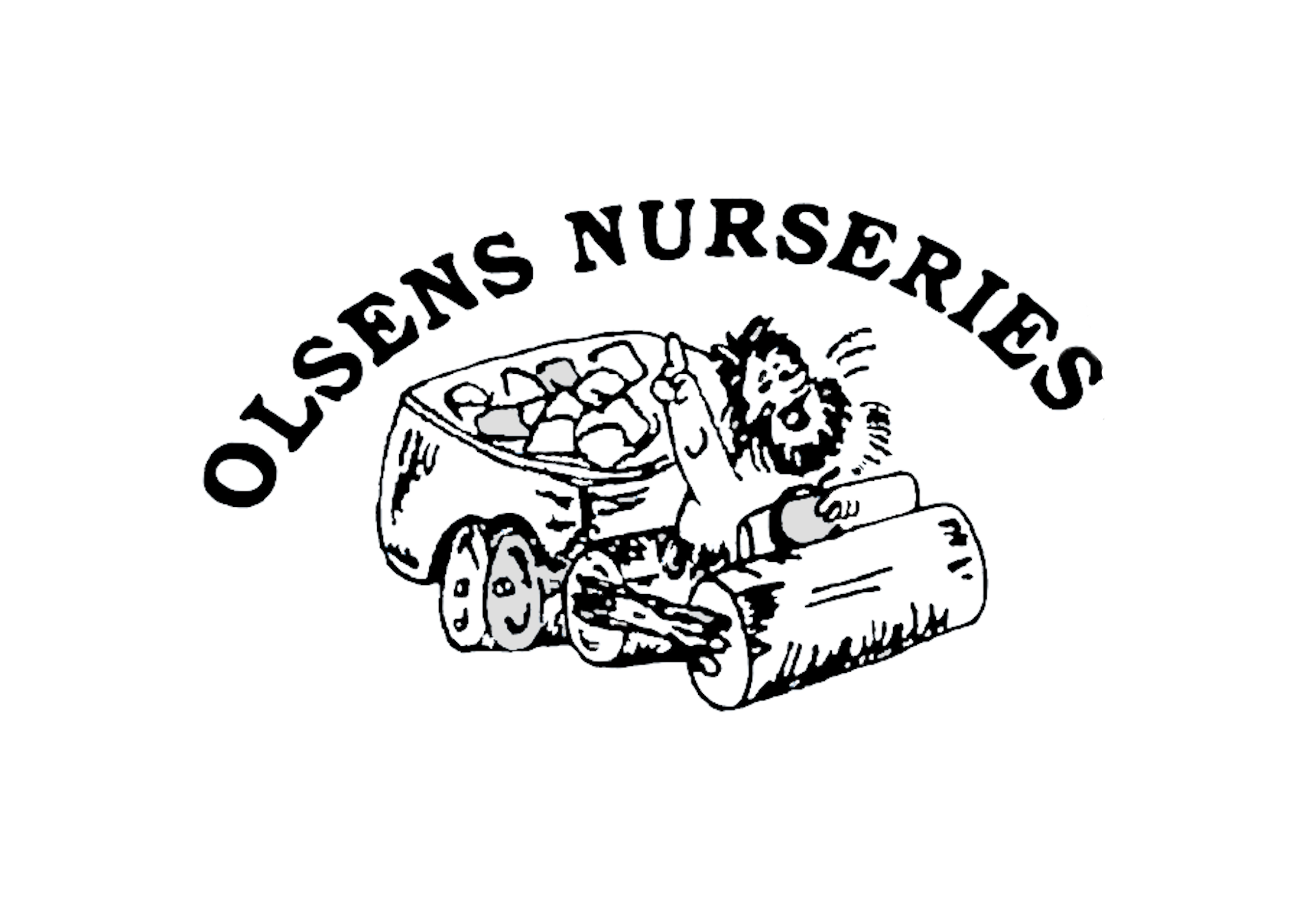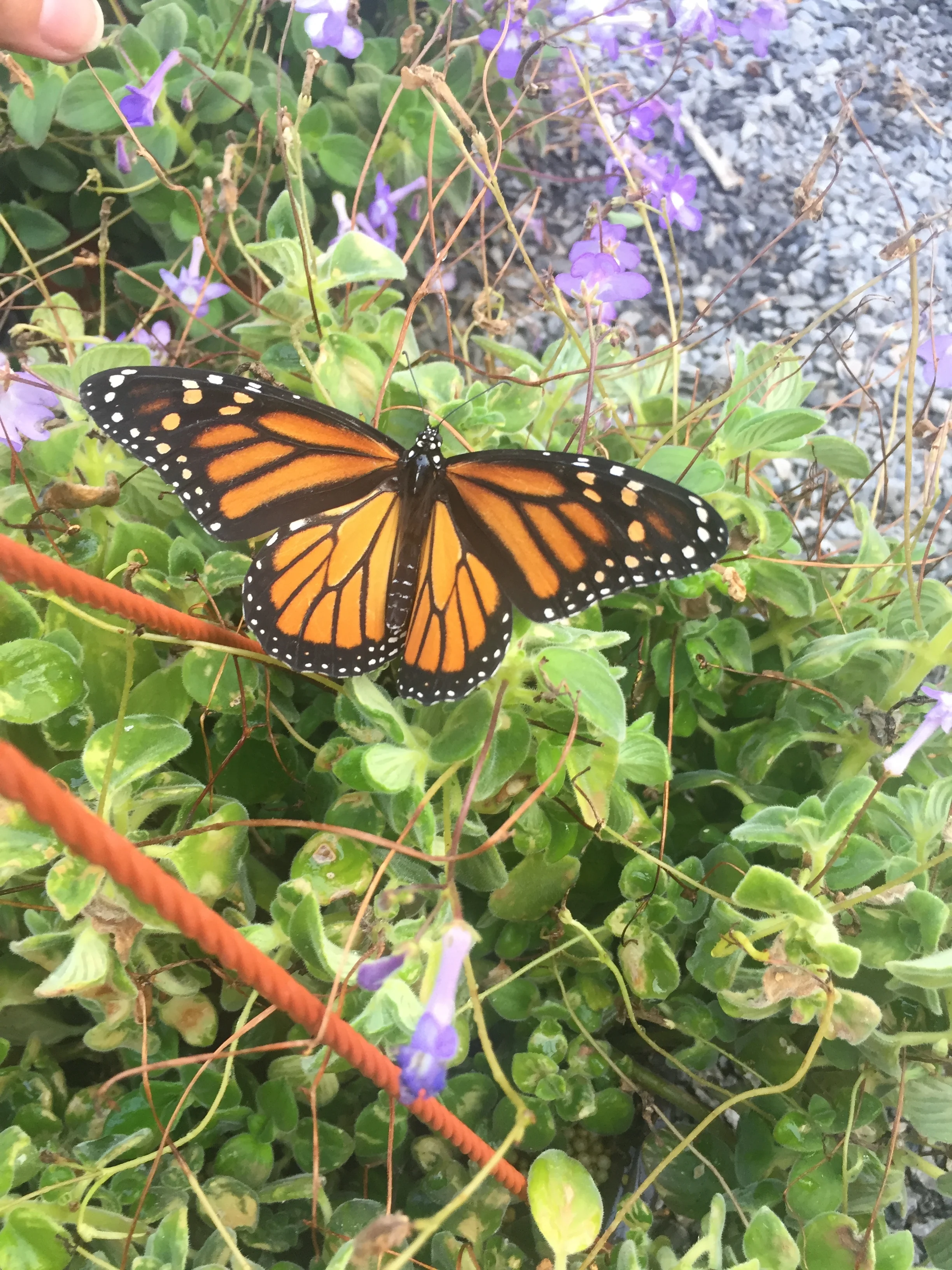How to Plant a Butterfly Garden
A good way to keep these pollinators in mind, all season long, is by planting things that they like. Butterflies are an important and lovely part of our pollinator chain, and planting for them is easy when you choose the right plants.
Butterflies require two different categories of plants. - Nectar plants feed the adult butterflies. Host plants feed the caterpillars, and are places adult butterflies can lay their eggs. While you can plant a garden with only things that will attract adult butterflies, by choosing host plants as well, you help their entire lifecycle. While different butterflies prefer different plants, a wide range of plants attract a number of different butterflies.
Nectar Plants
- Achillea – Also known as Yarrow. Blooming from mid-spring to early summer, it flowers in yellows, whites and pinks. Does well in dry situations. Full sun.
- Asters – Usually available in white, pinks and purples, most Asters bloom in late summer and autumn. Full sun to partial shade.
- Bergamot – Also known as Bee Balm. Flowers in summer in pinks and reds. In the mint family, so it can spread. Full sun to partial shade.
- Black Eyed Susan – Long flowering in late summer. Full sun.
- Butterfly Weed – Also known as Swamp Weed and Milk Weed. Butterfly weed is the most important plant for Monarch butterflies, as it is necessary for their caterpillars. But it is also a good choice as a nectar plant for a variety of other butterflies as well. Pink or orange flowers come in early to mid summer. Full sun to partial shade.
- Cardinal flower – Red arching stems of flowers in July and August. Tolerates moist ground. Full sun.
- Cosmos – Coming in shades of pink, purple and white, this summer Annual can be easily started from seed. If allowed to set its own seed, it can return year after year in your garden from seed, if the soil in the area is left undisturbed. Full sun.
- Delphinium – Also known as Larkspur, these tall, classic English garden flowers create a bold statement when the flower in late spring and early summer. Usually available in purples, blues and white. Full sun.
- Echinacea – Also known as Cone Flower. Tall and short varieties available in many colours. Long flowering from late June until August, with repeat flowering if deadheaded. Full sun to partial shade.
- Garden Phlox – Mid to late summer blooming in pinks, purples and whites. Full sun.
- Joe Pye Weed – Tall, colony forming perennial with dusky purple flowers in mid to late summer. Full sun.
- Lamium – Also known as Dead Nettle. This low growing ground cover comes with variegated foliage and late spring, early summer flowers in whites, pinks and purples. Partial Sun to Full Shade. Nectar and Host plant.
- Lantana – This flowering annual comes in a wide range of colours and growth habits. Full sun.
- Liatris – Also known as Gayfeather. Tall spikes of purple or white flowers in mid to late summer. Full sun.
- Marigolds – Like Cosmos, marigolds will self seed in the garden if left undisturbed and not dead-headed. Easy to grow from seed, or available in inexpensive flats, these bright yellow and orange flowers and cheerful and easy to grow. Full sun.
- Mint - Allowing this culinary herb to go to flower will attract butterflies. Plant in pots or somewhere it’s sprawling nature is acceptable. Sun to partial shade.
- Oregano – This garden herb, when allowed to go to flower, is a favorite of swallowtail butterflies. Full sun to partial shade.
- Oriental Lilies – Short blooming in late spring and early summer, these showy perennials come in reds, oranges, pinks and yellows. Full sun.
- Sage – Garden sage can be grown for culinary use, though allowing it to go to flower will attract butterflies. Full sun.
- Salvia - Both perennial and annual salvia is wonderful for butterflies. Perennial salvia flowers in late May through June, and will bloom again if cut back. Annual salvia will bloom all summer. Full sun.
- Scabiosa – A low growing perennial, it flowers from mid-spring until late summer in pale blue or pink, provided it is deadheaded occasionally. Full sun.
- Sedum – Tall sedum varieties like ‘Autumn Joy’ and ‘Brilliant’ are excellent late summer, early autumn bloomers for butterflies. Flowering in shades of red and pink, these plants like it on the drier side, so be careful not to over water. Full sun.
- Zinnia – This bright annual flower can be purchased as starts or easily grown from seed. Will flower all summer. Full sun.
When choosing a location for your butterfly garden, here are a few things to keep in mind:
How much sun does the spot get? - Many butterfly specific plants grow best in full sun to partial sun, i.e. at least 5 hours of direct sun or more. Unless otherwise noted, the plants below need good sun in order to thrive. If the only location you have is a shady spot, look for the few choices on the list that note partial shade for best results.
How close is a water source? - Besides the plants, butterflies like a source of water. This can be as simple as a bird bath that is refilled with clean water every other day, as elaborate as a small pond.
Is there shelter? - Butterflies like areas where they feel protected. Some larger shrubs, even if they don’t offer food or a place to lay eggs, can be beneficial for butterflies to rest during storms or take shelter from predators.
Shrubs and for nectar, host and shelter
- Abelia – Long flowering in pink or white, this handsome shrub is often overlooked in the landscape. Full sun to partial shade.Apple and Crab Apple – Handsome flowering trees don’t need to be sprayed if they are planted for butterflies. Small varieties of crab apples can be sited in most yards. Full sun.
- Butterfly Bush – This shrub is available in regular and dwarf forms in a variety of colors. Flowers for most of the summer. Full sun.
- Lilac – Larger and dwarf varieties are available. Normally blooming in May, some white flowering lilac trees bloom later. Full sun.
- Mountain Laurel – Evergreen, Mountain Laurels bloom in June in shades of white and pink. One of the few choices that will tolerate partial to full shade.
- Privet – These semi-evergreen shrubs has tiny white flowers in June. They can be kept trimmed to reasonable sizes, and tolerate a wide range of situations. Full sun to partial shade.
- Willow – Though large trees can be planted, smaller shrubs like the variegated Nishiki Willow will do just fine as well, and not take up as much yard space. Full sun to partial shade.
Host Plants
These will get EATEN! That’s okay, that’s what they are there for. Plant them toward the back if the holey look of the foliage will bother you.
- Butterfly Weed – Also known as Swamp Weed and Milk Weed. Butterfly weed is the most important plant for Monarch butterflies, as it is necessary for their caterpillars. They cannot complete their life cycle without it. But it is also a good choice as a nectar plant for a variety of other butterflies as well. Pink or orange flowers come in early to mid summer. Full sun to partial shade.
- Clover – Allowing white and red clover a place in your yard is ideal for butterflies and their caterpillars.
- Dill, Parsley, Fennel and Carrot – These culinary plants are host plants for swallow tail butterflies. Plant a few extra and allow the caterpillars to munch on them!
- Hollyhock – These tall, stately classics bloom in mid to late summer in a variety of colours. They are a favorite of certain types of skipper butterflies.
- Lamium – Also known as Dead Nettle. This low growing ground cover comes with variegated foliage and late spring, early summer flowers in whites, pinks and purples. Partial Sun to Full Shade. Nectar and Host plant.
- Sunflowers – Annual sunflowers are host plants for Painted Lady, Checkerspot and other butterflies.

